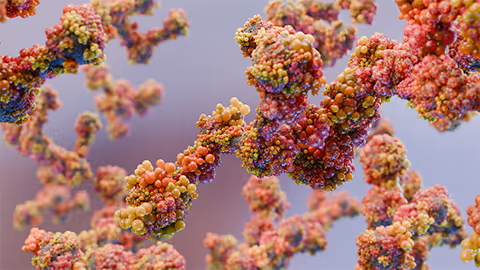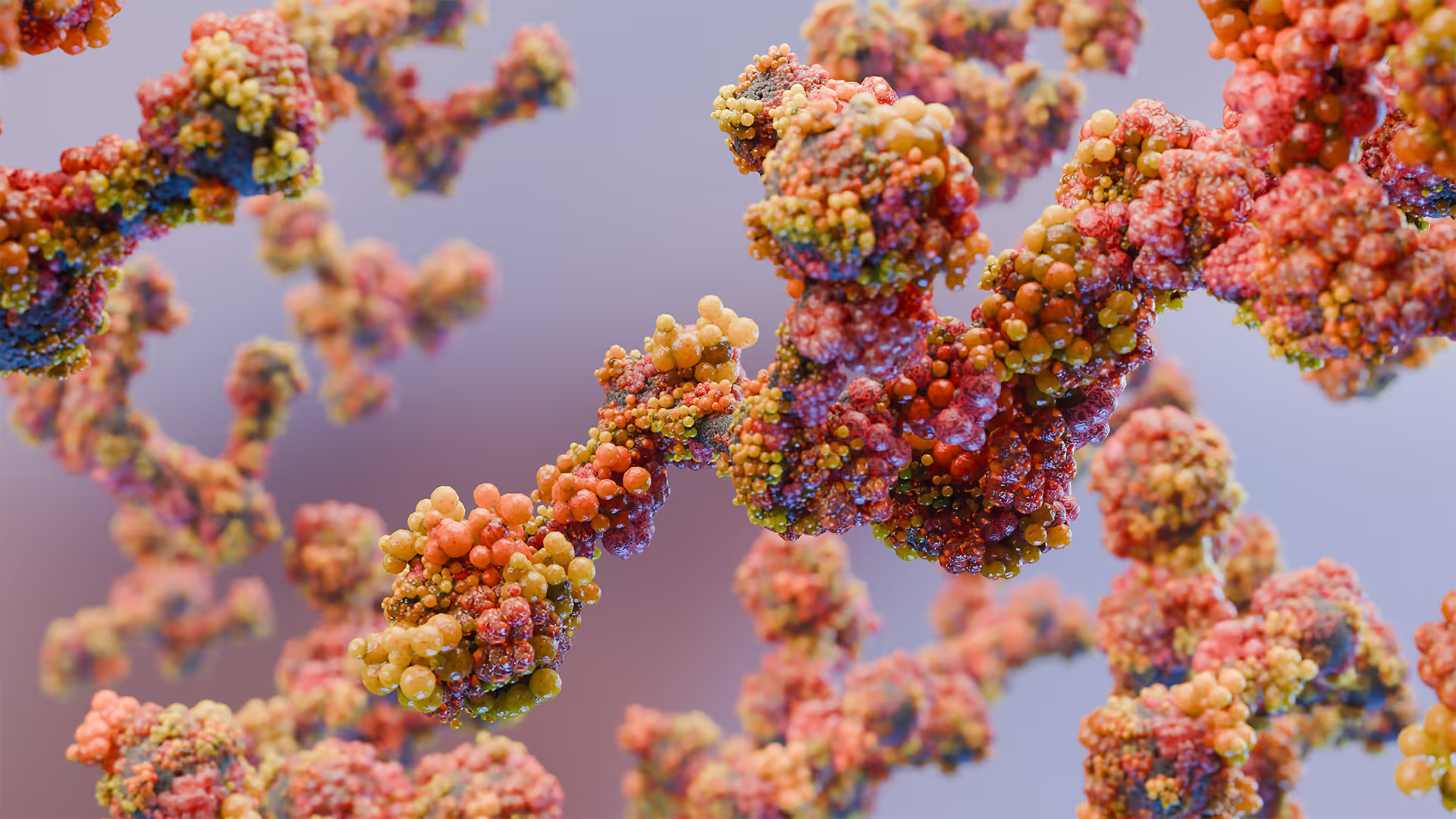The declining cost of sequencing and the resulting wealth of genomic tools and data is enabling us to monitor the unseen world around us in ever more detail.
When applied to DNA that persists in the environment outside of living organisms, known as eDNA, these molecular techniques are showing themselves, time and time again, to be more sensitive and less labour-intensive than traditional detection strategies such as microbiology and ecological surveys, while potentially revealing more than just species identification.
While eDNA analysis originally came to the fore in ecology, there is now huge potential to develop eDNA – and perhaps even eRNA – methods for bio-monitoring applications. Markets include biosecurity threat monitoring, quality control in the manufacturing of medicine and food products, or pest and disease detection in agriculture.
Some of the technical challenges in this area – large sample volumes, detection of small quantities of DNA – also overlap with applications in medicine, such as sterility testing in next generation therapy manufacturing or minimal residual disease detection after cancer treatment.
Perhaps the biggest question for bio-monitoring businesses for the years to come is whether to follow a central lab model or to create sample-to-answer platforms that provide rapid environmental insight in the field, similar to “point of care” in diagnostics.
The power of eDNA
Any literature search will quickly demonstrate the power of the approach. Some recent examples include: Detection of waterborne disease, monitoring of invasive species, detection of agricultural pests, monitoring of fish stocks, and even the identification of the origin of counterfeit medicines – to mention but a few.
In most applications so far, eDNA is amplified by PCR or qPCR in order to determine the presence of a particular species. By amplifying and also sequencing a conserved gene or genomic marker, for example the 16s rRNA gene for bacteria, we can build up a broad picture of all the organisms present, a process known as ‘metabarcoding’.
By using the whole genome rather than just a single gene, next-generation sequencing even makes it possible to differentiate individuals within the same species or to discern, and potentially quantify, particular characteristics of organisms of interest. For example, eDNA analysis of this type can enable both detection of bacteria and allow an evaluation of virulence factors and antibiotic resistance prevalence.

What about environmental RNA?
DNA can persist in the environment for millennia in the right conditions, but sometimes this can be a disadvantage. For example, if sediment at a river bottom is accidentally sampled as well as the flowing water above, DNA from long dead organisms may be included in a sample as well as more recent individuals.
RNA is a much more unstable molecule than DNA and its transient nature means that unlike DNA it does not persist in the environment. Nevertheless, some recent studies have shown that eRNA can be sampled and analysed to good effect, and indeed may give a better ‘snap-shot’ of an environment than eDNA – however demonstrations are still limited to a few academic studies.
Could there be industrial or commercial applications of eRNA detection to allow rapid situation assessments and therefore timely decision making?
For example, on-the-spot pest or pathogen detection without the false-positive detection of long-dead specimens could be hugely valuable and allow swift and appropriate interventions. Perhaps eRNA, together with next generation sequencing, could also uncover information about an organism, such as fitness or current metabolic state.
What do you need to build or scale up your bio-monitoring business?
For the opportunities of eDNA and RNA to be more widely exploited, solutions that combine tailored sample collection and link them through to suitable extraction methods are required. At scale, this means methods that are practical, not liable to cross-contamination, and lend themselves to high throughput analysis.
Sample collection
One of the main determinants of success is the sampling methodology.
Many commercial applications so far focus on aquatic environments, where capture and concentration of eDNA is commonly achieved by filtration and binding to glass fibre or nitrocellulose. The filter may then be placed in a preservative such as ethanol for transport to back to a lab for DNA extraction. Clearly, filtration of litres of water poses significant logistical challenges, particularly in the field and because of this, sampling will necessarily be low throughput. Automation and streamlining of sampling could be hugely beneficial in aquatic environment eDNA applications.
Studying microbial communities in the air is another exciting area of research. TTP is working with scientists from the Earlham Institute and the Natural History Museum to develop automated airborne DNA analysis technology with huge potential for agricultural, public health and ecological surveying applications.
The list of potential substrates is ever expanding. For example, honey can yield DNA traces left by important pests of honeybees, plant material can be sampled to investigate the species that have passed by and even dust can provide a picture of the creatures we unknowingly cohabit with.
The examples demonstrate that eDNA can be collected from a wide range of substrates, and the collection method should be tailored to the sample type to ensure that results are robust.
Extraction
Once collected, the extraction of eDNA from the substrate onto which it was deposited also calls for custom solutions for commercial applications.
If the collection was on a filter, the filter paper may now need to be manually cut up in a lab for it to be processed with an off-the-shelf DNA extraction kit not originally intended for this purpose. The volume of liquid samples may be large if the target is low in abundance, and available kits may not be able to handle these larger samples. Additionally, eDNA is often in the format of short fragments and general-purpose DNA extraction kits may not reliably purify this type of sample.
Extraction may also be complicated by the fact that some samples, such as soil, contain substances that inhibit PCR or sequencing. Where commercial extraction methods do exist, they may have to be adapted to suit the sample. For other, less frequently studied sample types, commercial extraction methods may not exist. If new extraction methods are developed from scratch as “home brews”, they are often low throughput and cumbersome.
The development of simple, automatable and high-throughput extraction tools will allow widespread implementation of eDNA methods across multiple sectors.
eRNA
eRNA has great potential but comes with even greater challenges. This is because RNA, in addition to being inherently unstable, is very susceptible to degradation from environmental RNases. New sampling methods must be tailored to these challenges.
For example, materials in the sampling equipment must be ultra clean and free of RNases and time between collection and purification of samples must either be rapid or the samples must be preserved chemically or by low temperatures. In addition, steps to actively denature RNases collected with the sample may be necessary.
Will we see new business models?
Anyone wanting to implement eDNA or eRNA detection and analysis will want to fully exploit the rapid turnaround potential. For example, early pathogen or contaminant detection in manufacturing, bioprocessing, biosecurity or agricultural areas would be hugely beneficial in allowing timely interventions.
In this case, a business model of sampling in the field followed by analysis in a central lab facility would not be fast enough. Use of eDNA or eRNA for quick decision making will require end-to-end solutions involving sampling, processing and analysis on site, potentially by non-specialists, similar to the point of care model in diagnostics.
The field of eDNA and eRNA has huge and expanding potential, but only when the practicalities of sampling and processing are in place can the genome characterisation methods that give such insight be deployed.
Elena Boland is a molecular biologist working with TTP’s Omics team, which develops solutions across the full range of industry needs, from novel sample or library preparation to low-cost deskilled cartridges and consumables to integrated sample-to-answer platforms. To find out more about eDNA and eRNA, please contact us.










